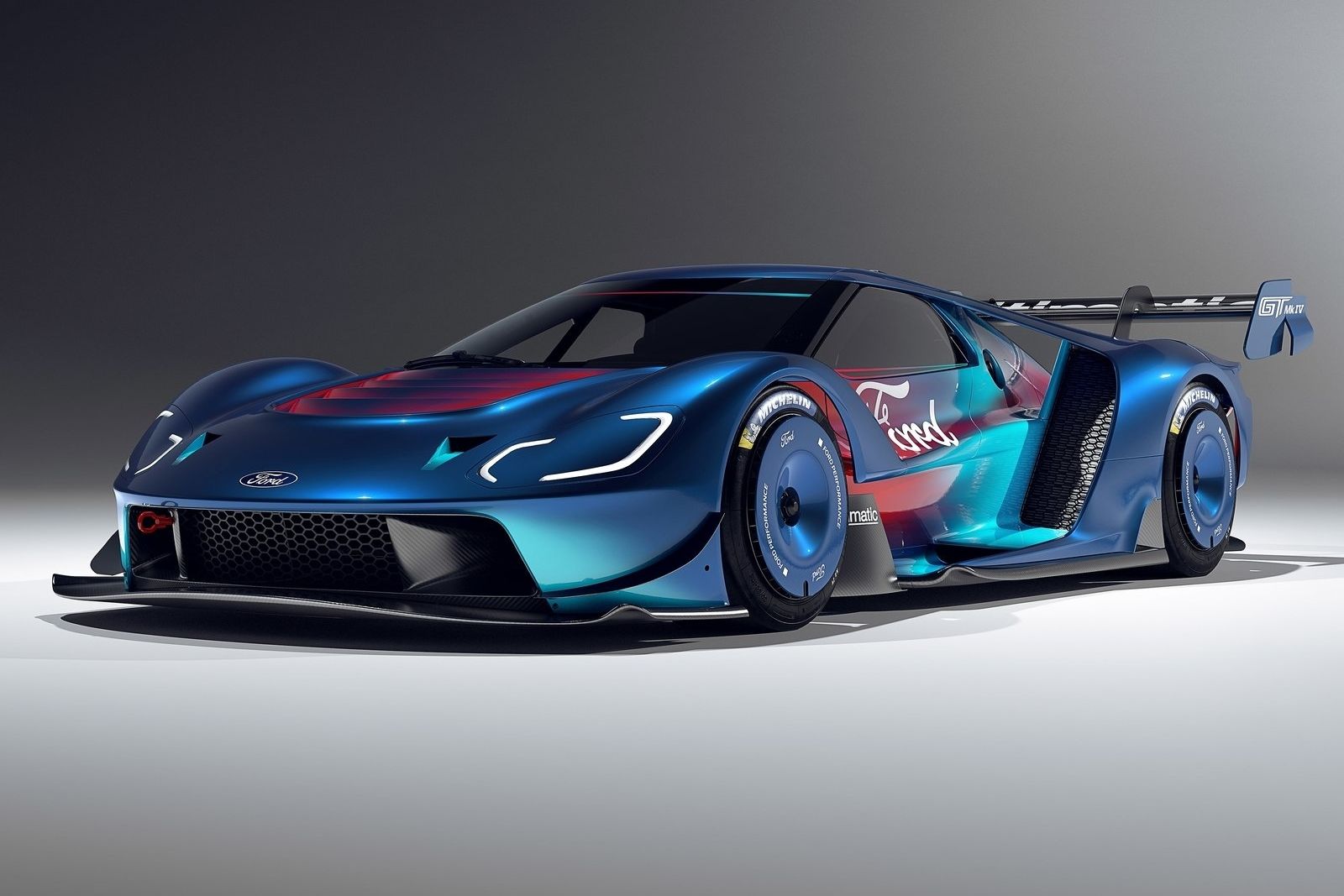The Dodge Viper may be gone but its legacy lives on. The front-engined, V10-powered and unforgiving all-American sports car has rightly earned its place in automotive history. Unfortunately, the market for it dried up and FCA decided against a successor. It's a shame, really, because there may have been a way to ensure its survival, even if it was in limited production. You know, like the Ford GT.
Hagerty has the details on a fascinating story about how Chrysler explored the idea of building a mid-engined Viper back in the mid-1990s. How come? Because the first and second generation Vipers didn't make money. Chrysler knew that but it wanted to build the halo car anyway because it was worth millions in marketing and advertising. However, there were those at Auburn Hills, like Chrysler general manager Chris Theodore, who couldn't get the idea of a mid-engined monster out of their heads.
So when development work got underway in 1996 for the third generation Viper, engineers began conducting feasibility studies. One idea was for a "reverse engine" layout, meaning the engine would have faced rearward with a forward-facing transmission. Another idea was for a forward-facing engine and transaxle placed behind it. The problem with the former was that it required a slightly wider chassis and it affected the passenger seat.
Engineers still managed to create two wooden bucks that further examined the powertrain options, while many existing Viper components were used in order to keep costs down. For example, the front suspension and steering system were carried over from the second generation Viper.
However, both prototypes had longer wheelbases and a lower hood than the outgoing model. Would a mid-engined Viper have been technically possible? Yes, but Chrysler executives, specifically Bob Lutz and design chief Tom Gale, were not impressed. Later on, Lutz was no longer directly involved with the project, so those involved made one final effort to get the project greenlit. They renamed the concept "GTM" (for mid-engine GT). Clay models were made and goals such as increased performance were set.
It would even have more convenience features like power windows and a proper convertible top. But this all came to an end when the "merger of equals" happened in 1998 when Daimler-Benz and Chrysler joined forces. A few years later, Theodore had left Chrysler for a new job at Ford, but he remained frustrated that the mid-engined Viper project fell through.
As fate would have it, Ford wanted to build a new GT40, which just so happened to be Theodore's original inspiration for the GTM. "My whole thing was, look, the Viper is a rip-off of the Cobra," he says. "Chrysler ripped off Ford's heritage. The GTS (Viper coupe) was a rip-off of the Daytona Cobra, so why don't we rip off Ford's best heritage, which was the GT40? That was our thinking when we started talking about the mid-engine Viper."
So, what could have been the mid-engined, third-generation Dodge Viper ultimately and, ironically, became the 2005 Ford GT. Theodore was right in the end regarding the mid-engine setup and its longevity in the marketplace. Best proof: the Dodge Viper is dead and the Ford GT lives on. Even the Chevrolet Corvette is about to go mid-engine.

